Is It Necessary for Average Families to Buy a Printer or a 3D Printer?
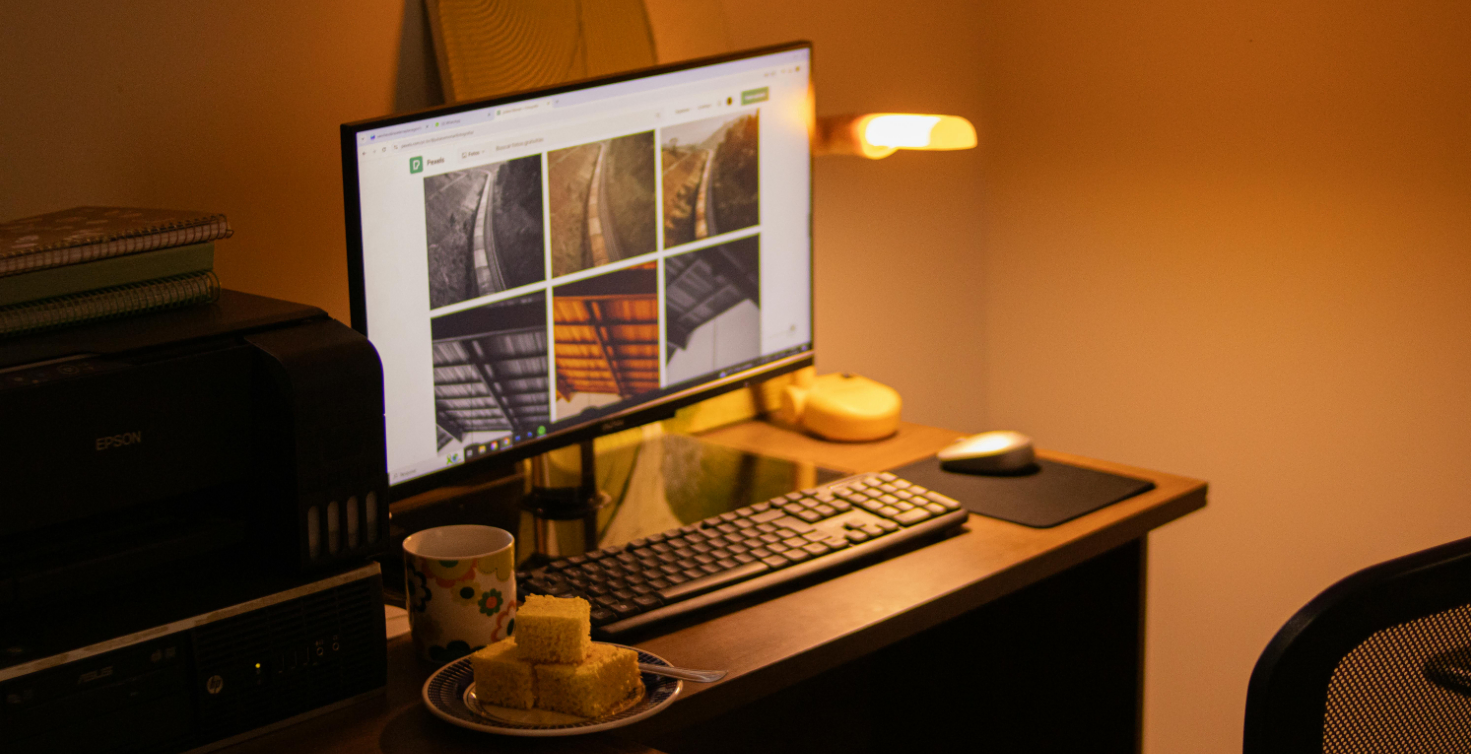
This Double 11 shopping festival, Old T bought two printers: one laser printer and one 3D printer.
It’s quite a coincidence that I ended up buying both at once, each for its own reason. At the start of the school year in September, my youngest son, who just entered first grade, refused to go to school every morning. After some “negotiation,” we struck a deal: if he could go to school on time every day, we would buy him a 3D printer for New Year’s Day. Unexpectedly, just one day later, the little guy changed his mind, saying, “New Year’s Day is too far away,” so we moved the purchase date up to Double 11.
The other printer was requested by my daughter. Since she entered fourth grade, she’s felt a noticeable increase in homework pressure, with many worksheets and materials needing to be printed every week. I usually waited until Sunday morning to go out and print them for her, but she has to return to school by 3 p.m., and the tight schedule often left her unable to finish her assignments. She simply suggested, “Why don’t we just buy a printer for home?”
Why I Didn’t Want to Buy a Printer Before
Looking back, since the late 1990s, Old T often heard stories from relatives and friends in my hometown about “getting rich through printing.” Someone opened a print shop and made a fortune; a young person sold printer consumables and bought a car; several villagers followed their relatives to “open computer shops” and did quite well.
Influenced by these stories, I developed a strong interest in computers from a young age. During my three years of high school, while others had Readers or Sports Weekly on their desks, mine was always piled with Micro Computer and Computer News. Back then, I even thought that if I failed the college entrance exam, I could always follow my relatives to “open a computer shop” as a fallback plan.
Later, when I went to college in Guangdong and visited a computer mall to buy my first computer, I truly witnessed the “printing world” of that era. Stepping into the mall felt like returning to my hometown—many shop owners and employees were from my town or neighboring towns, and a lot of them specialized in printers and consumables.
It was during that time that I met a few fellow townspeople who owned shops in the computer mall and even tutored their children on weekends. However, after a few visits, I felt something was off: their home computers were very basic, and none of the dazzling array of branded machines, components, or printers from their shops were to be found at home. That was my first realization of what it means to “keep work and life separate.”
To be honest, it was surprising that even printer shop owners didn’t keep printers at home. Though I never asked them directly, based on my own life experiences over the years, I’ve deduced the main reasons: they take up space, are rarely used, and aren’t cost-effective.
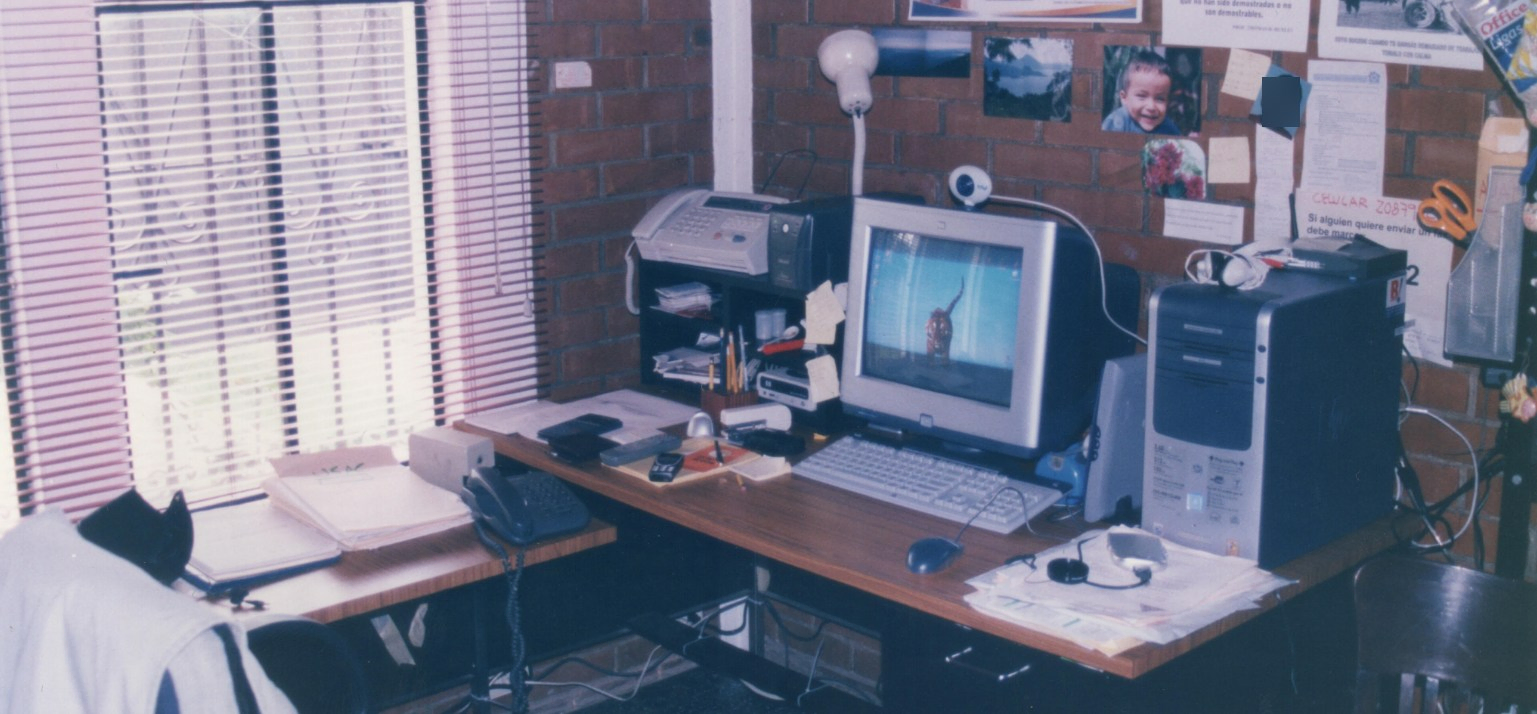
Most people’s desks aren’t very spacious to begin with, and a bulky printer immediately occupies a significant amount of room. If placed elsewhere, it’s inconvenient to connect to the computer. Unless you print frequently, it’s genuinely more practical to just go to a print shop. Additionally, printers used to be quite expensive, making it unnecessary for the average family to buy one.
Why I’m Willing to Buy a Printer Now
Frankly, Old T’s office already has four printers, ranging from basic models like the HP M403 and M1136 to mid-range ones like the HP 4203 and high-end models like the Canon 2930. If it were just for occasionally printing a worksheet or two for the kids, I used to just “borrow” the office printers.
While no one ever said anything about it, I always felt a bit guilty. Moreover, the kids’ homework is often assigned by their teachers in group chats over the weekend, and making a special trip back to the office to print is truly “going the long way around.” Going to a nearby print shop might be quicker, but it comes with another issue: I don’t dare to log into WeChat on a print shop’s computer. Either I have to add the shop owner on WeChat to transfer files or use a USB drive to move files from my phone to the computer—adding an extra step.
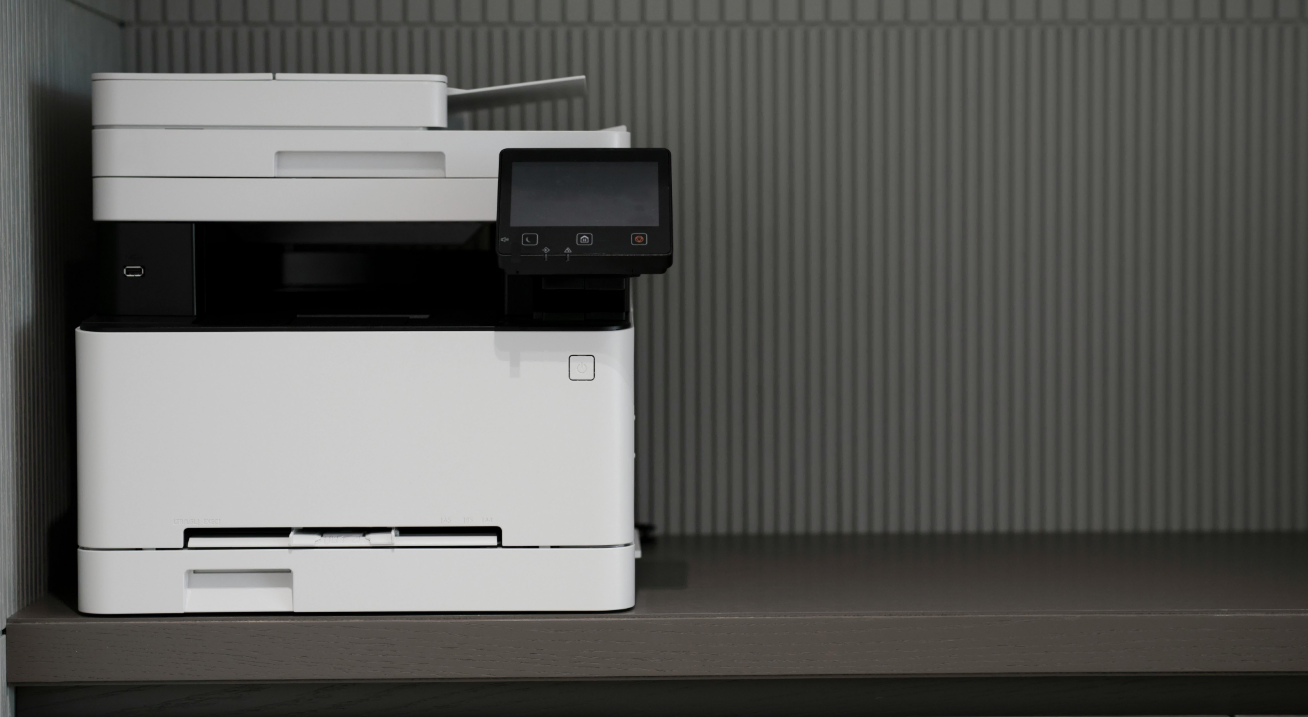
Most importantly, Old T recently checked printer prices online and realized how much things have changed. Since some foreign printer technology patents expired a few years ago, domestic brands have significantly driven down prices. Nowadays, a domestic laser printer with Wi-Fi and printing/copying functions costs only around 500-600 RMB, and a toner cartridge is surprisingly just 20-30 RMB—a price I never would have imagined before.
Additionally, domestic printers commonly include Wi-Fi as a standard feature, unlike foreign brands that treat it as a “premium add-on” with extra costs. This means the printer doesn’t have to be placed next to the computer; it can be set up anywhere there’s a power outlet at home, offering much more flexibility.
Inkjet or Laser Printer for Home Use?
Having worked extensively with text, Old T has used many printers over the years. Based on my experience, the biggest characteristic of home printers is: low usage frequency.
Under such conditions, inkjet printers are more prone to issues, especially with the print heads, which can easily clog if unused for long periods. If it’s just surface clogging, you might gently unclog it with a needle; but if the ink dries up inside the ink tubes, it becomes much more troublesome.
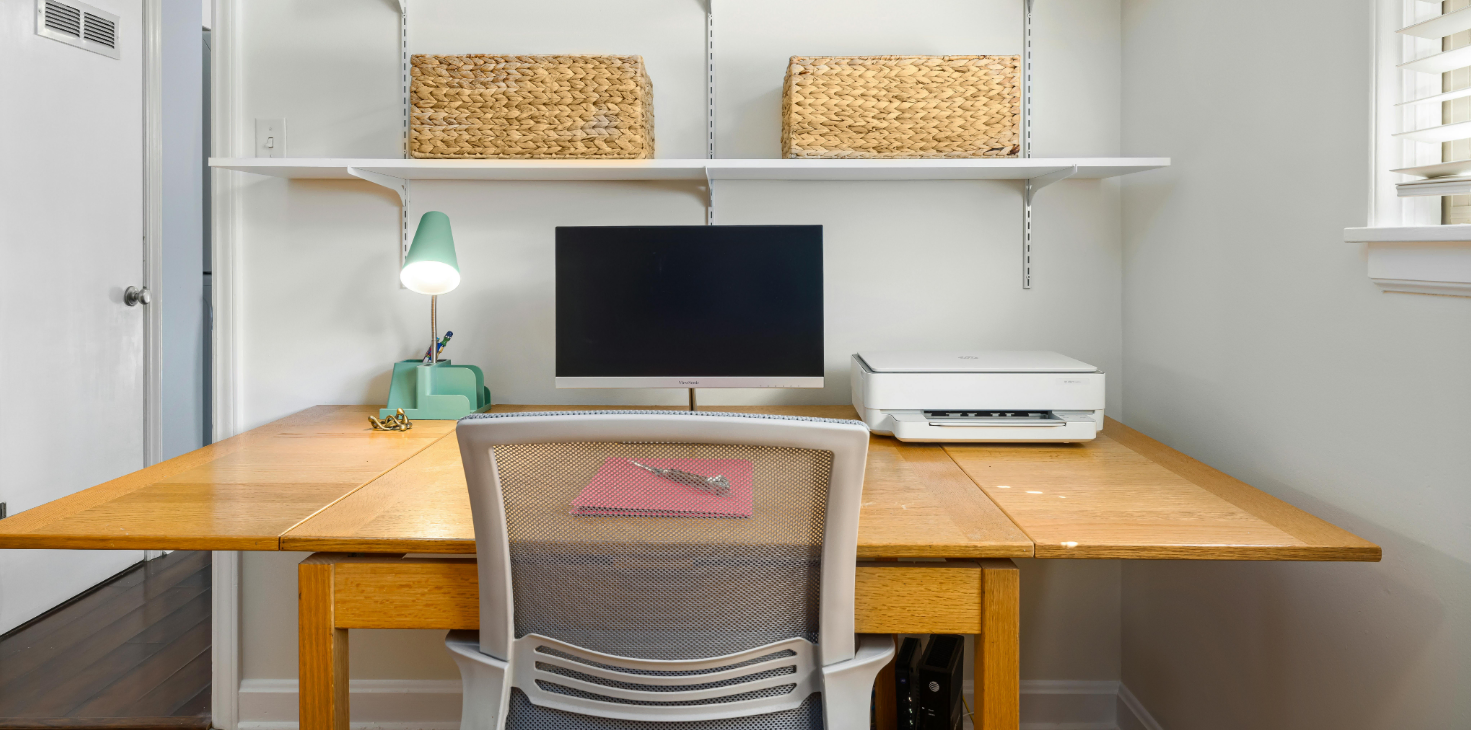
Of course, if color printing is a must, inkjet printers still offer better value for money.
As for laser printers, since home printing volumes are low, even if domestic models have only 1/10 the lifespan of foreign brands, they’re perfectly sufficient. The average family printing a few hundred pages a year is already considered high usage—there’s no need to pursue professional-grade performance like “handling hundreds of thousands of pages without jamming.”
Is It Necessary to Buy a 3D Printer?
If a regular printer can be considered a “semi-essential,” then for most families, a 3D printer is more like a “big toy.”
Old T bought an entry-level 3D printer for my son, costing around 1,000 RMB, mainly because it’s easy to operate and suitable for kids. In practice, my son enjoys printing small toys and cartoon models with it, which indeed sparks his creative interest and serves as a form of STEM education.
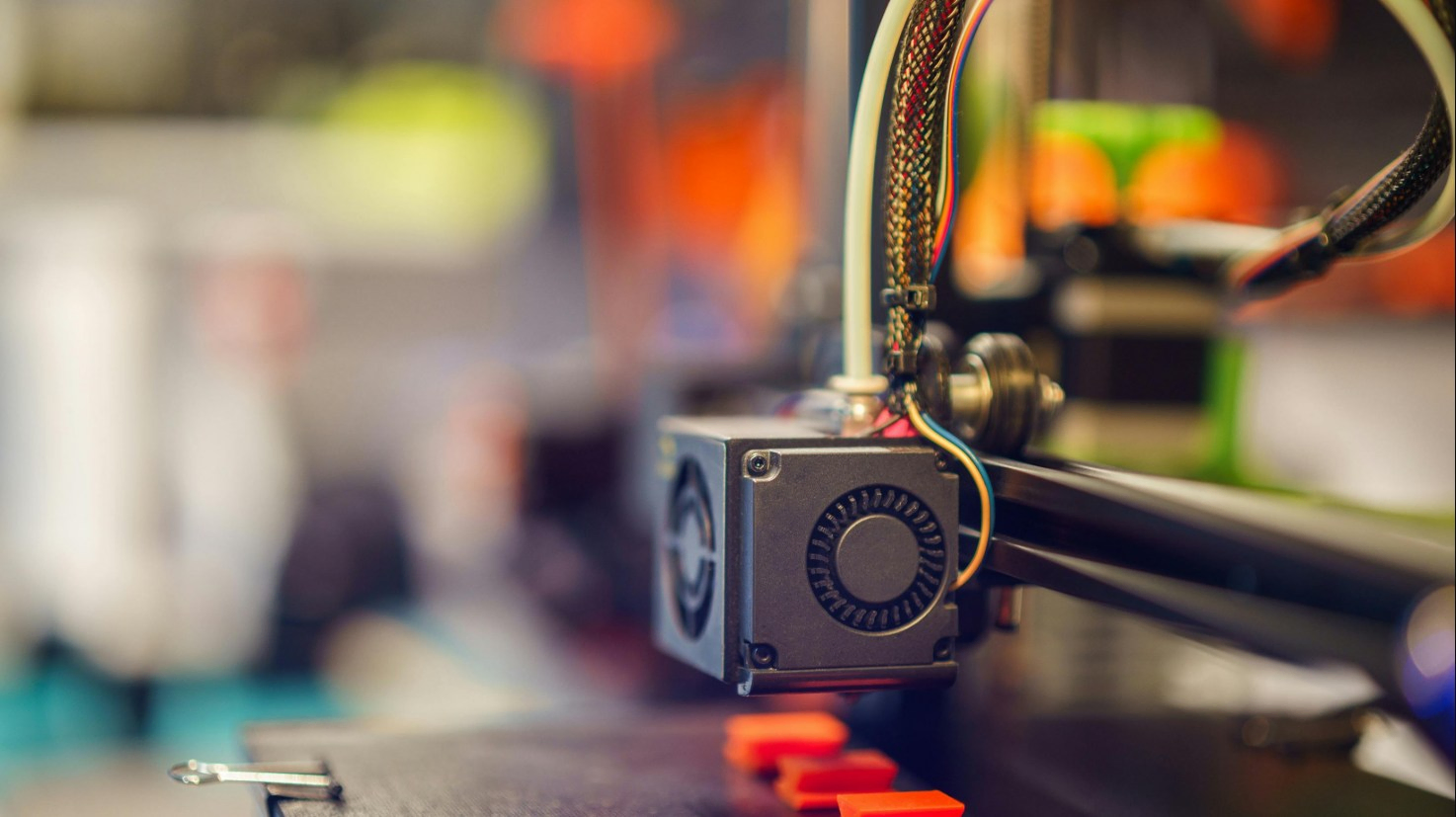
However, for the average family, without a specific DIY hobby or a child deeply interested in tech projects, buying one is more about satisfying curiosity than serving as a practical everyday device.
In summary, if the budget allows, it’s not a bad idea to try it as a family entertainment device, but don’t expect to use it as frequently as a regular printer.